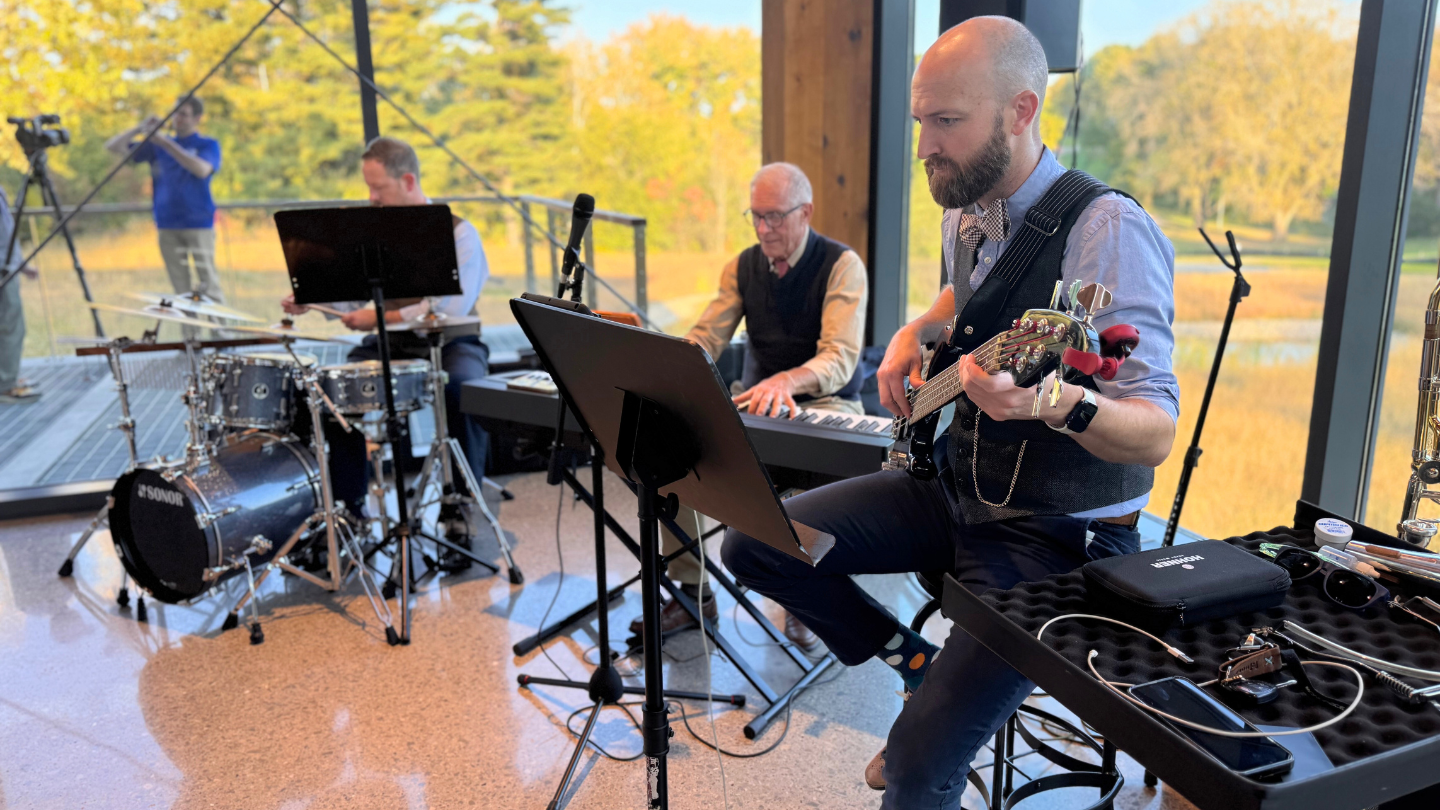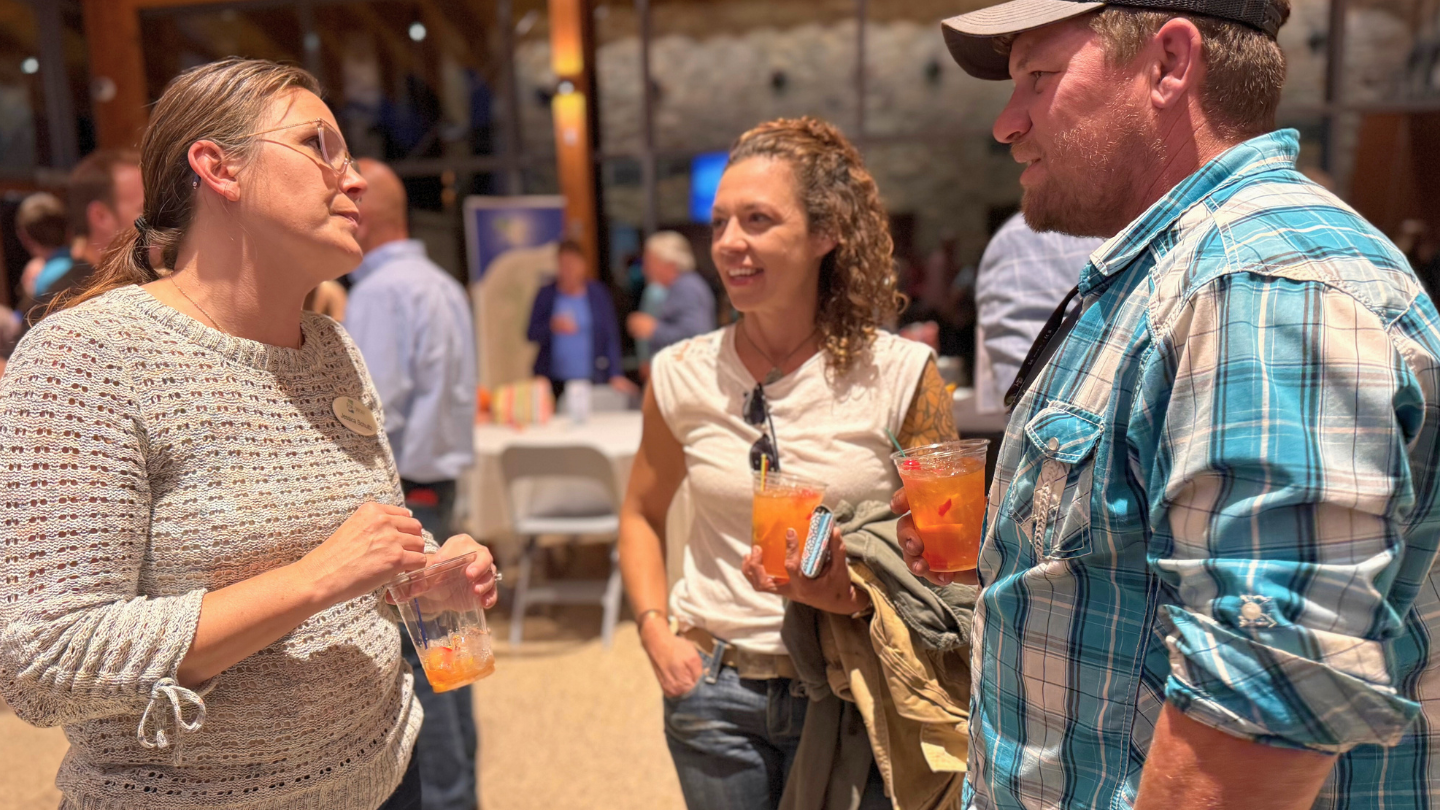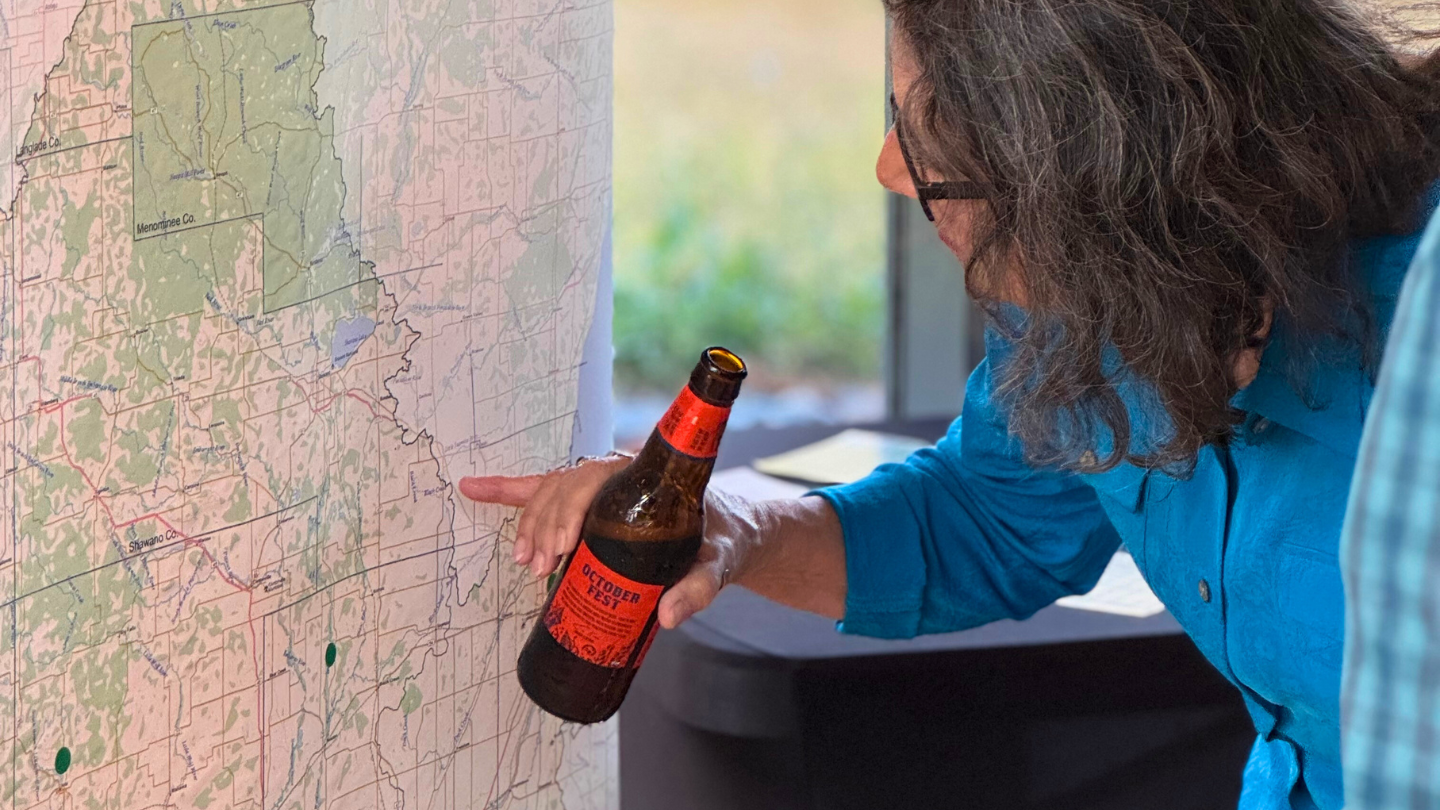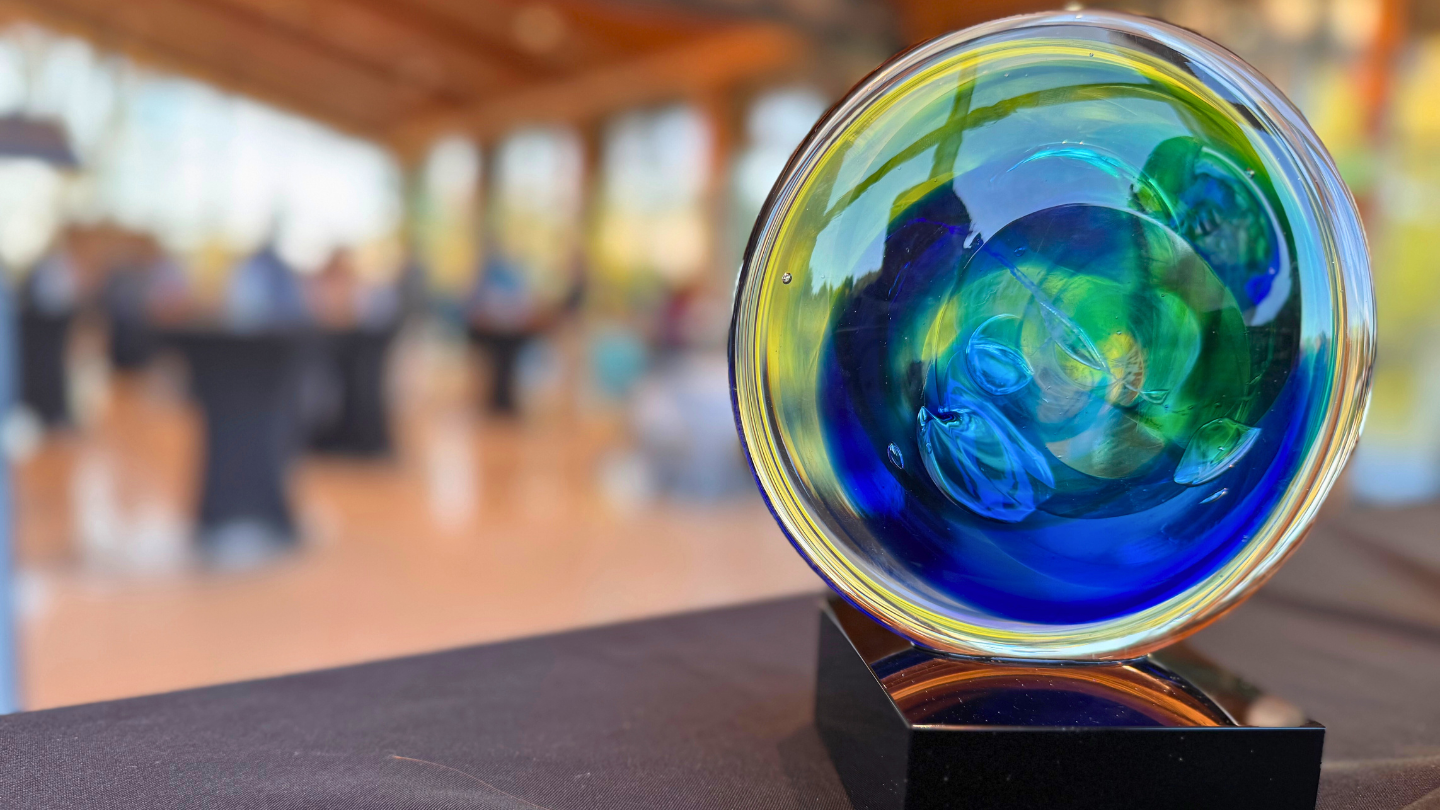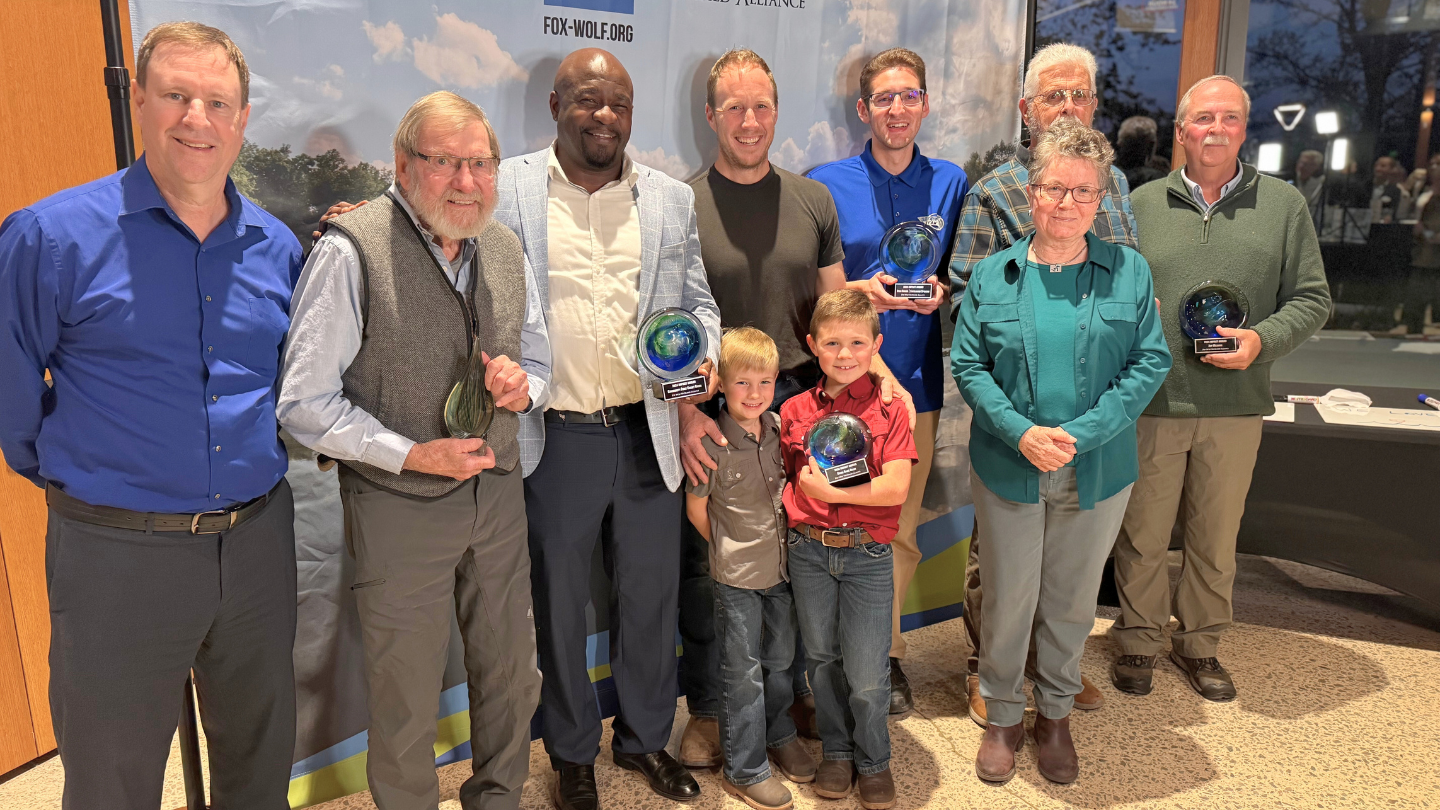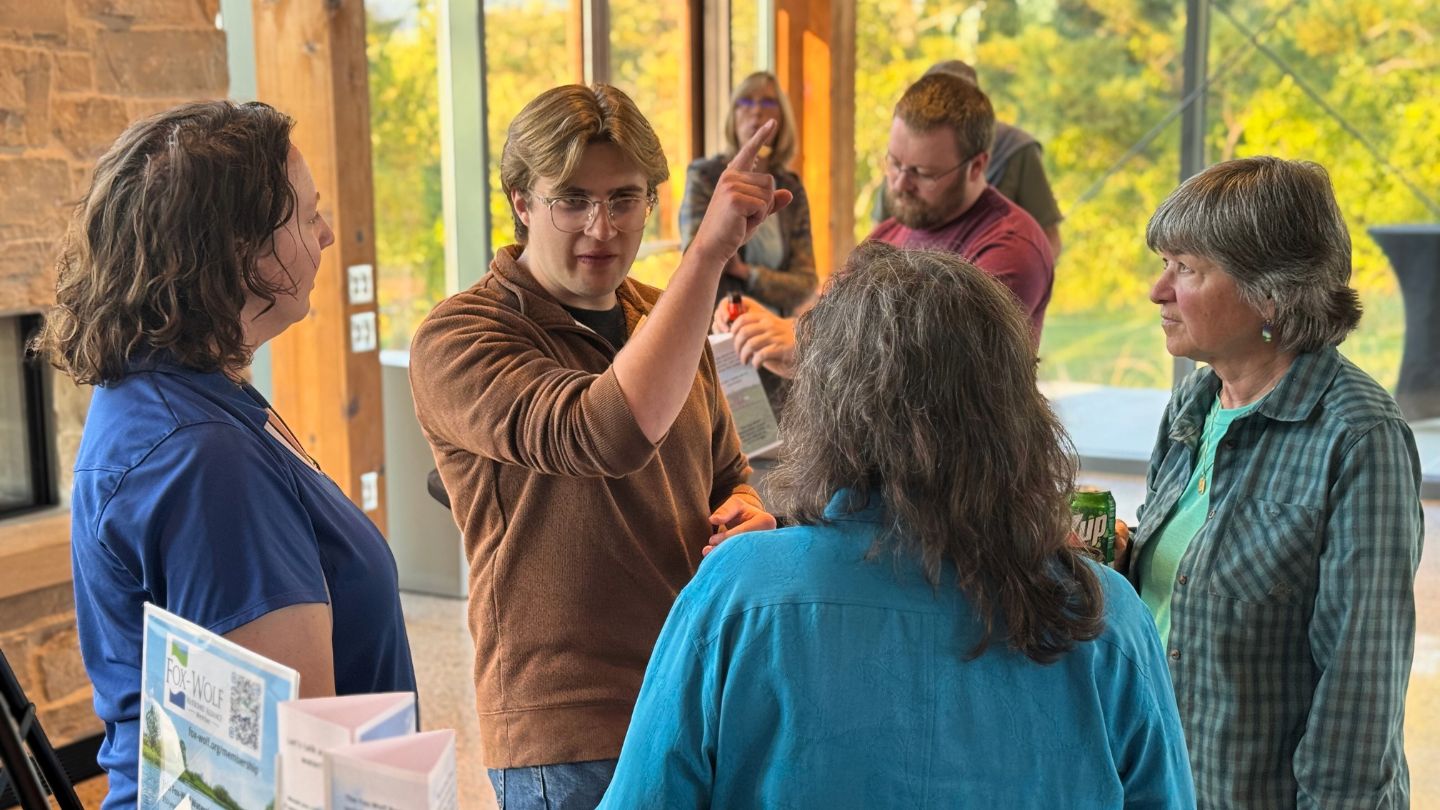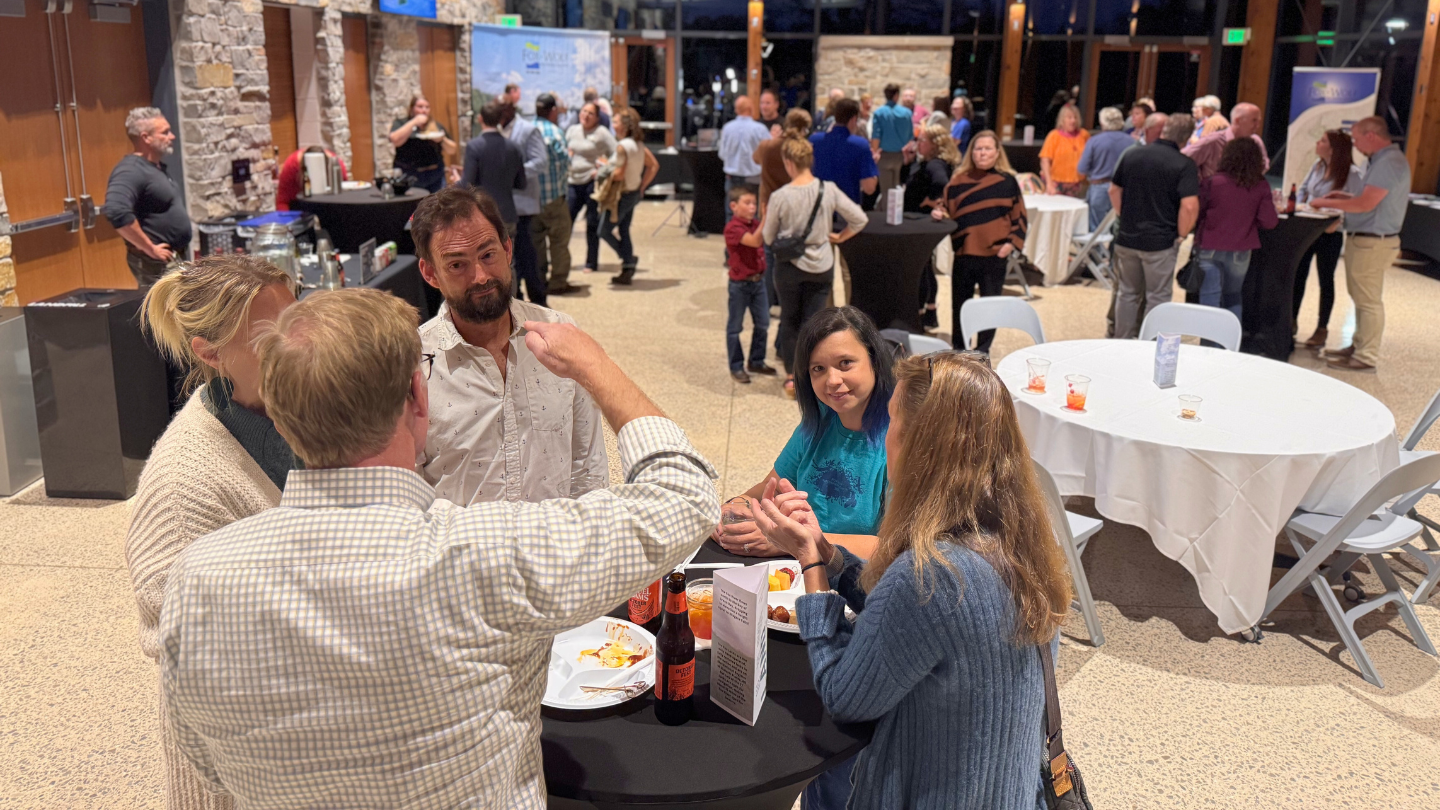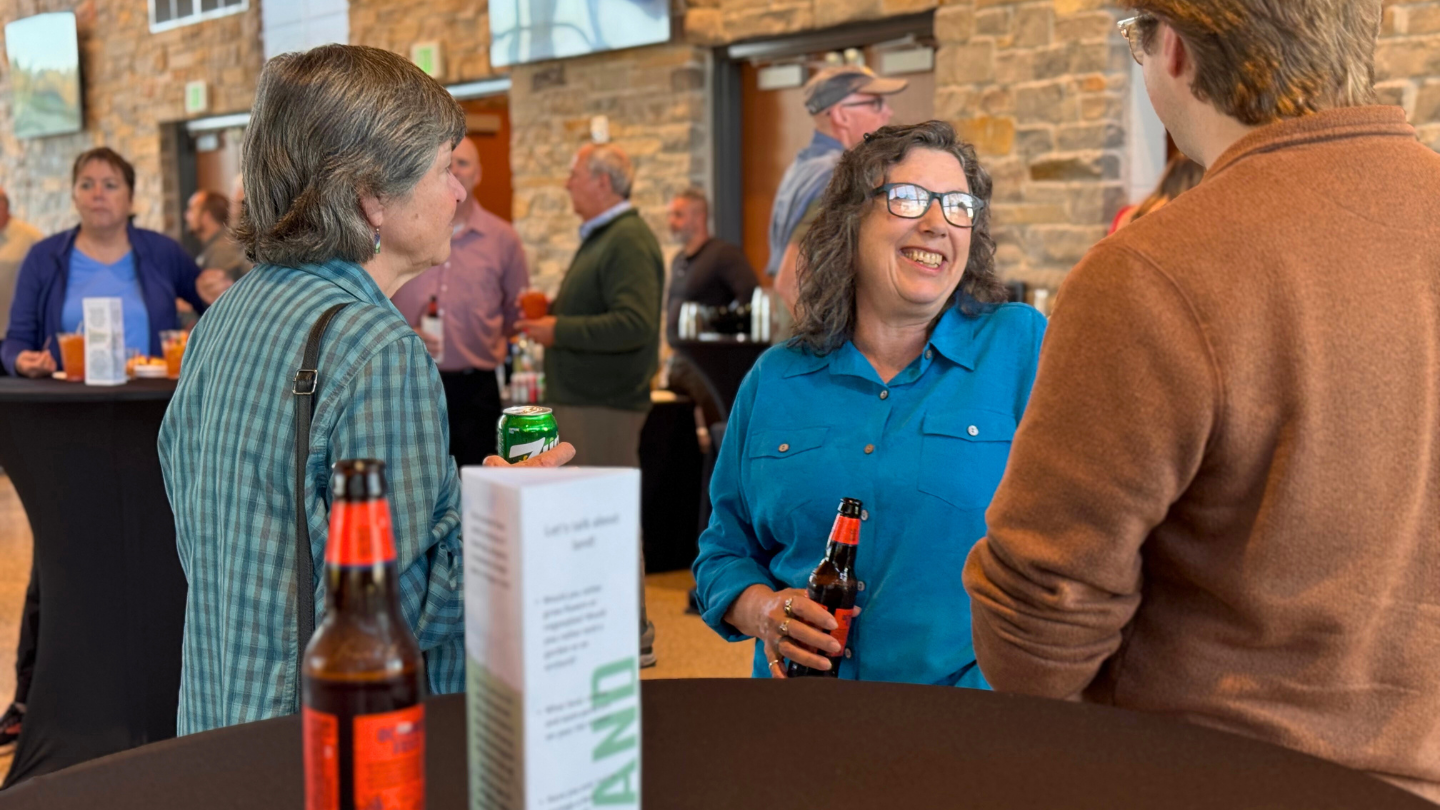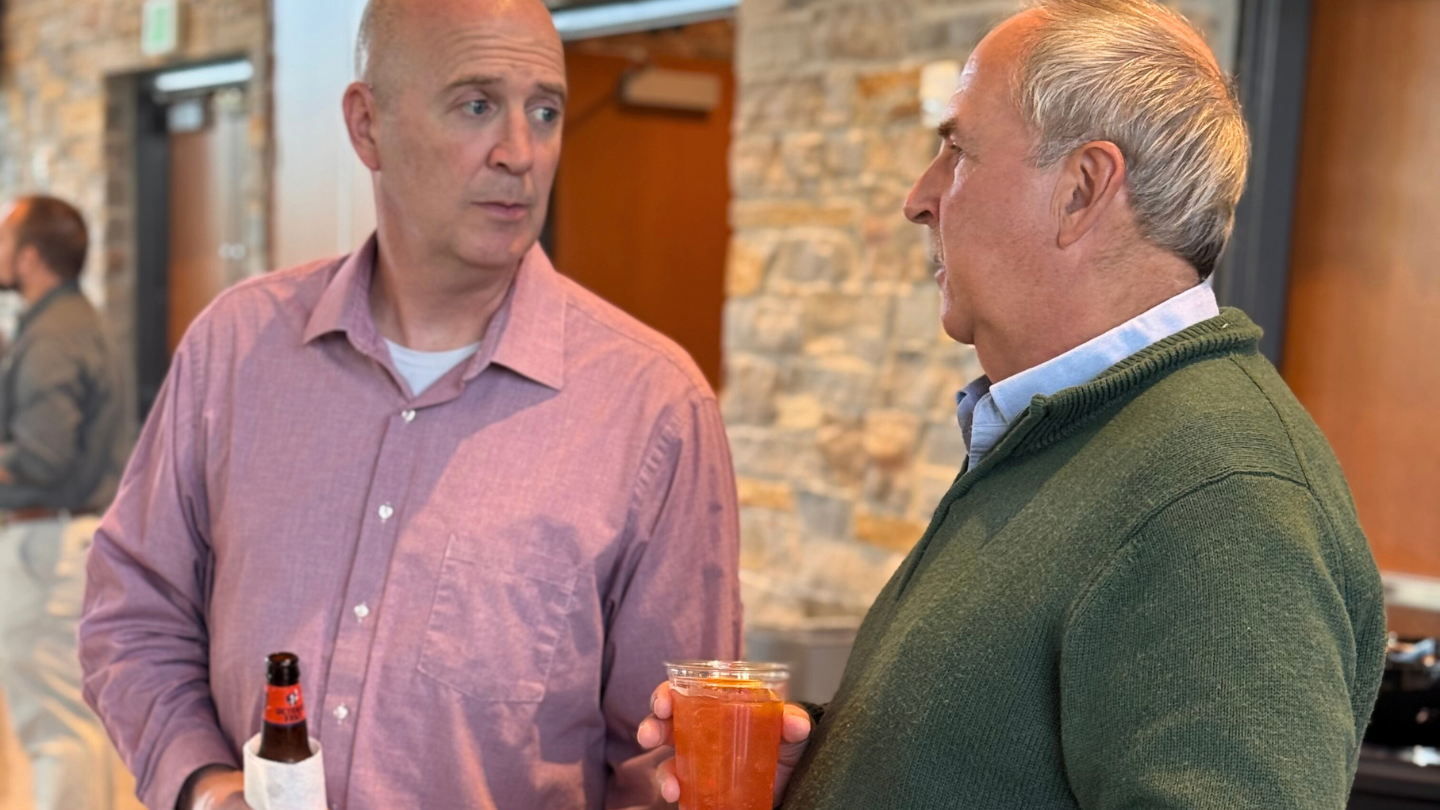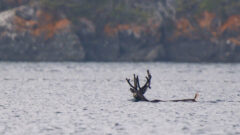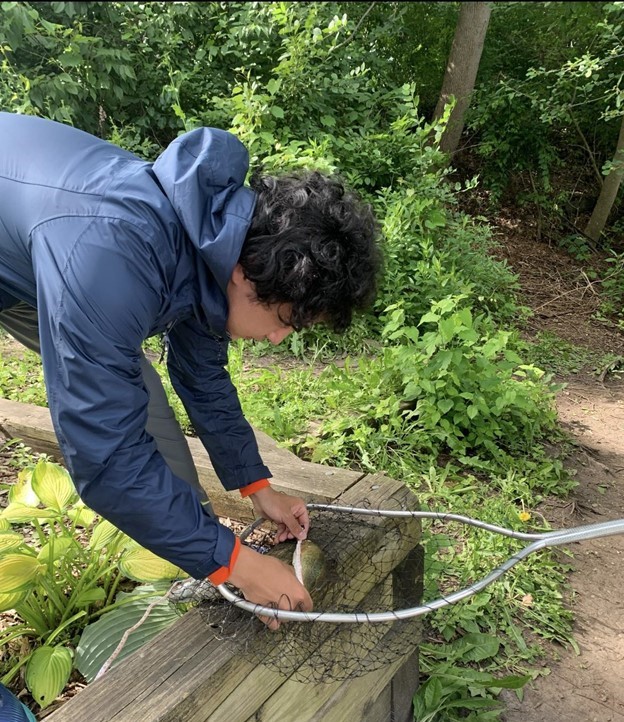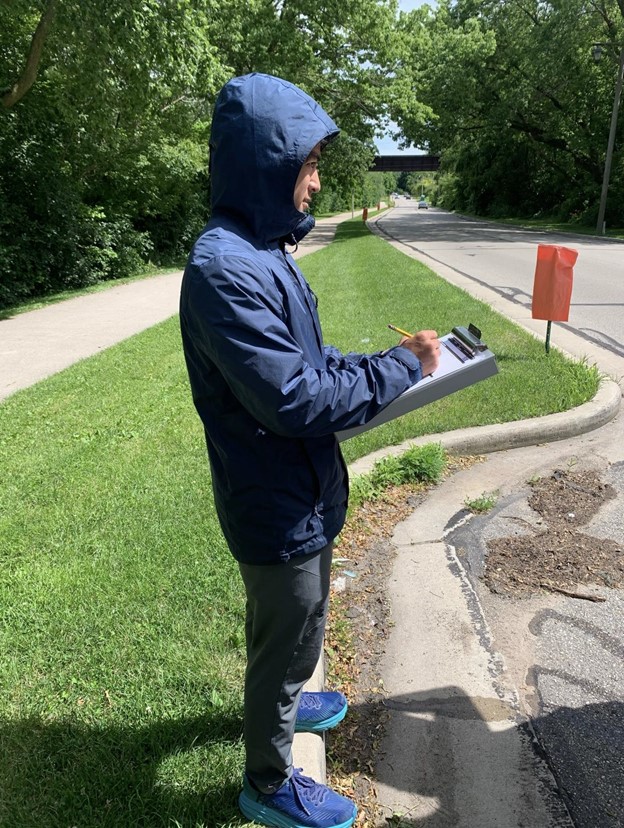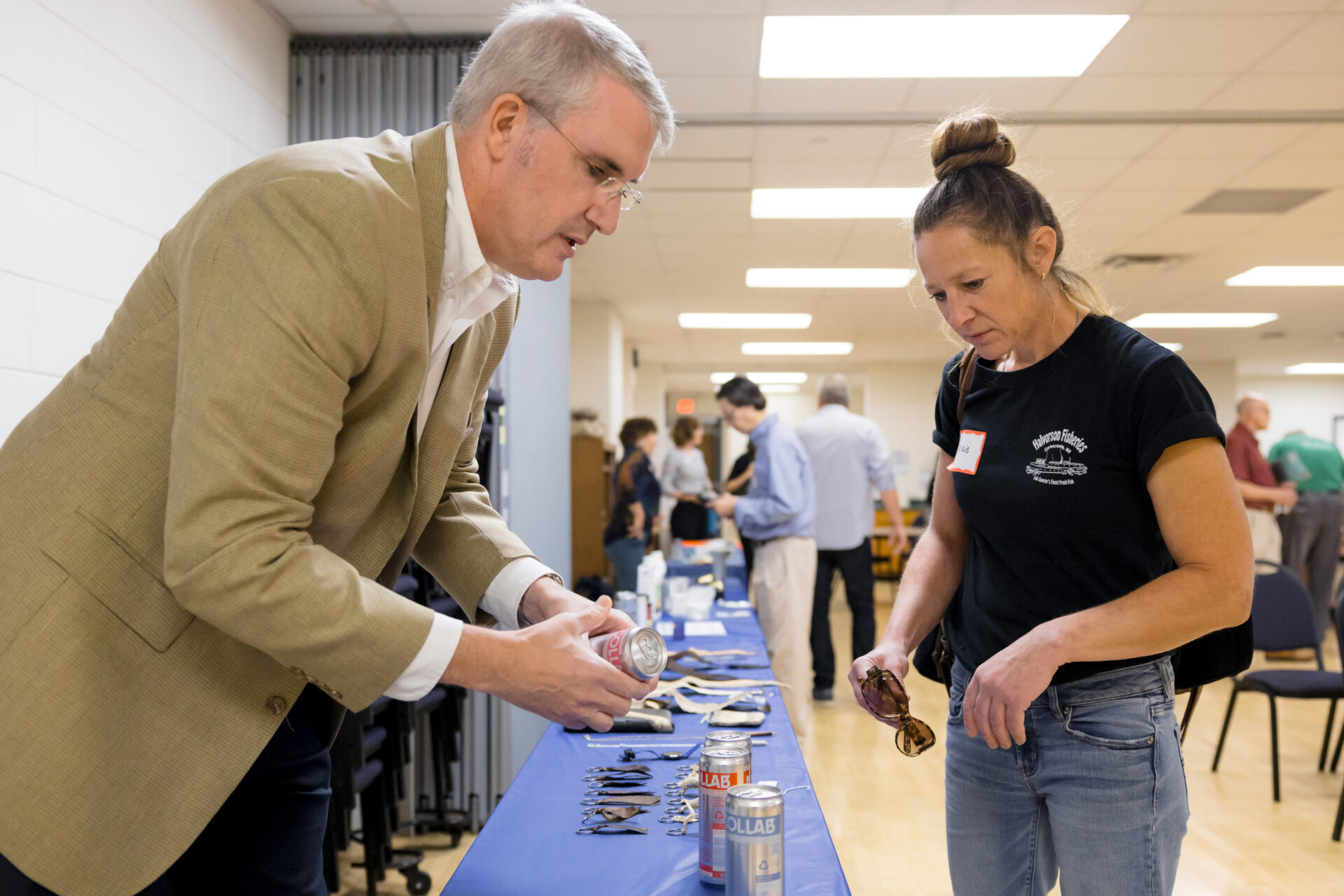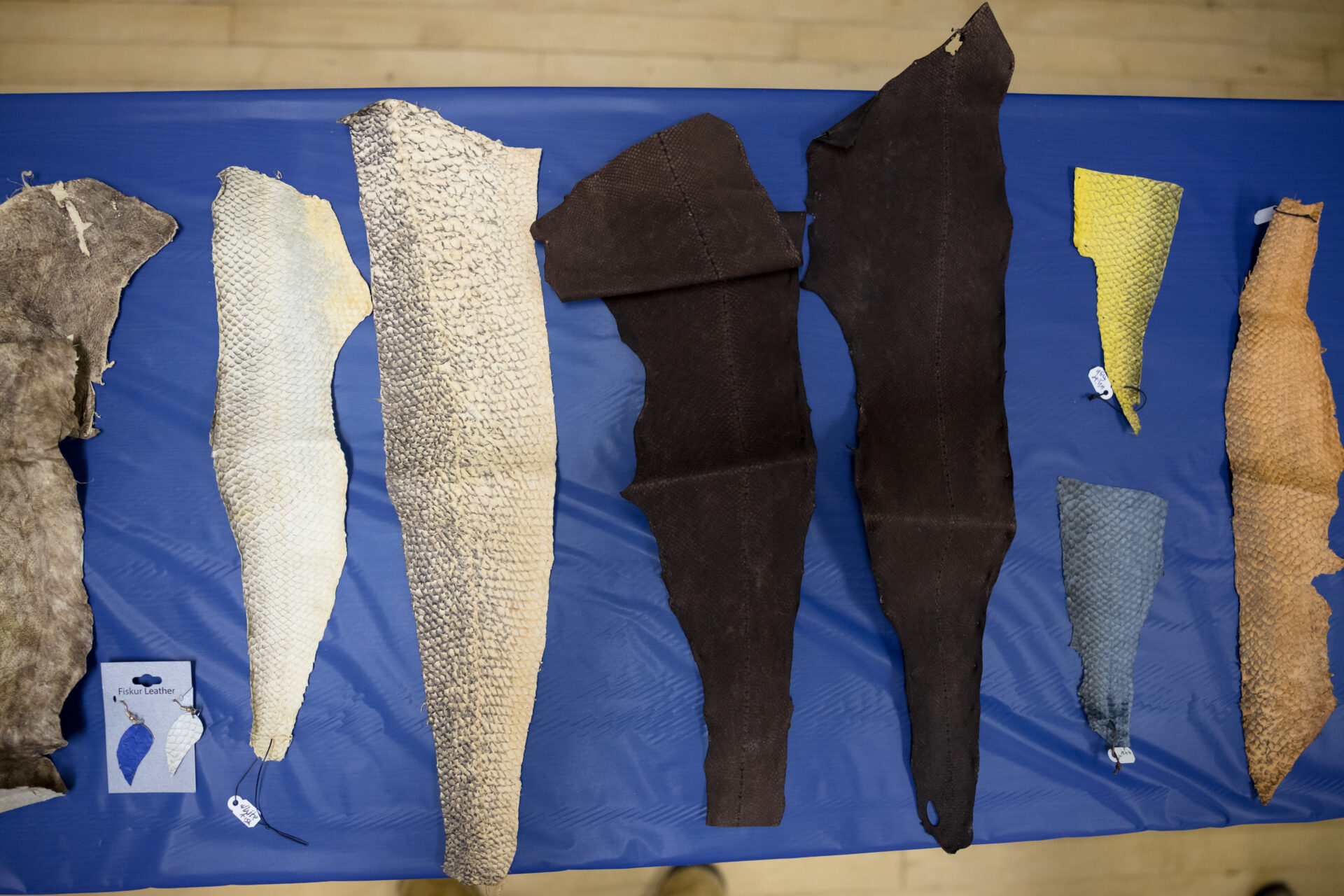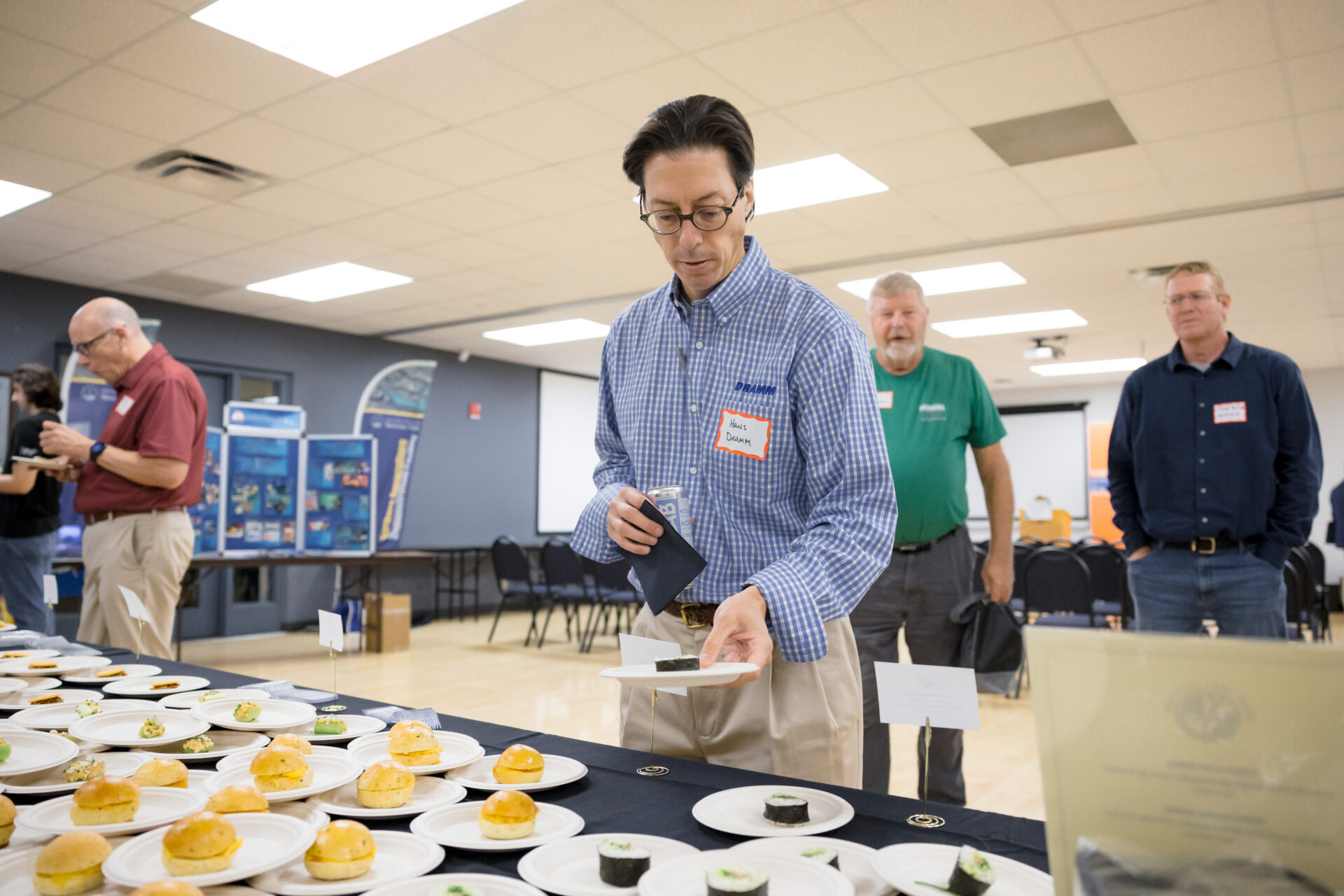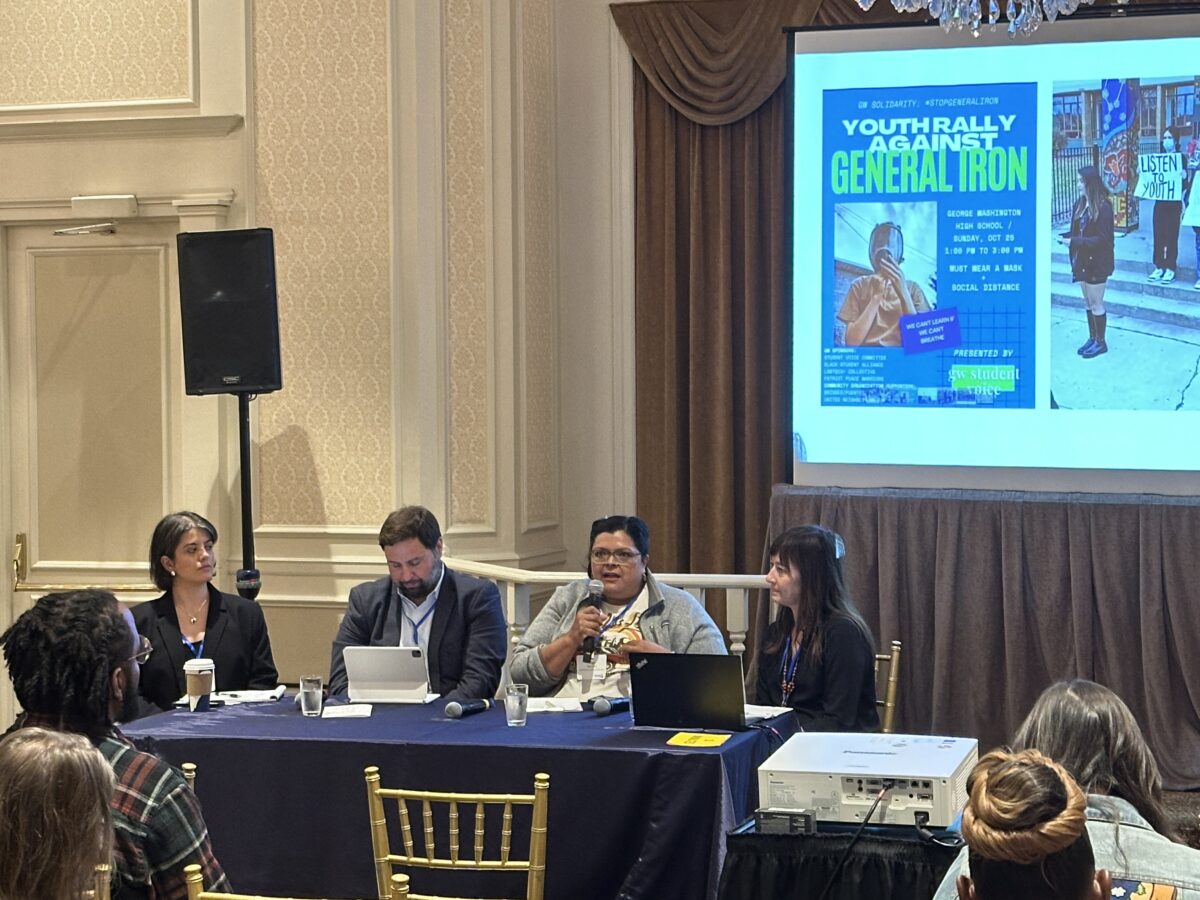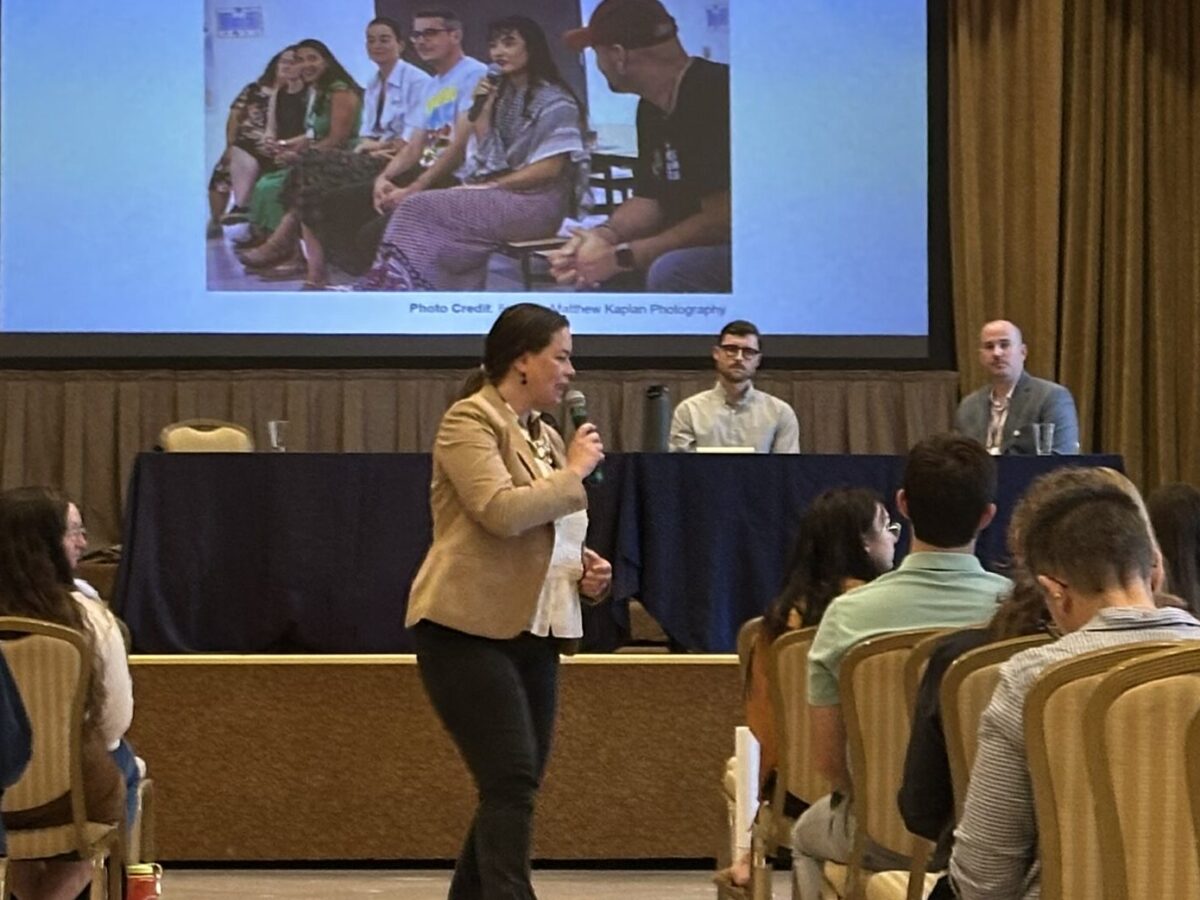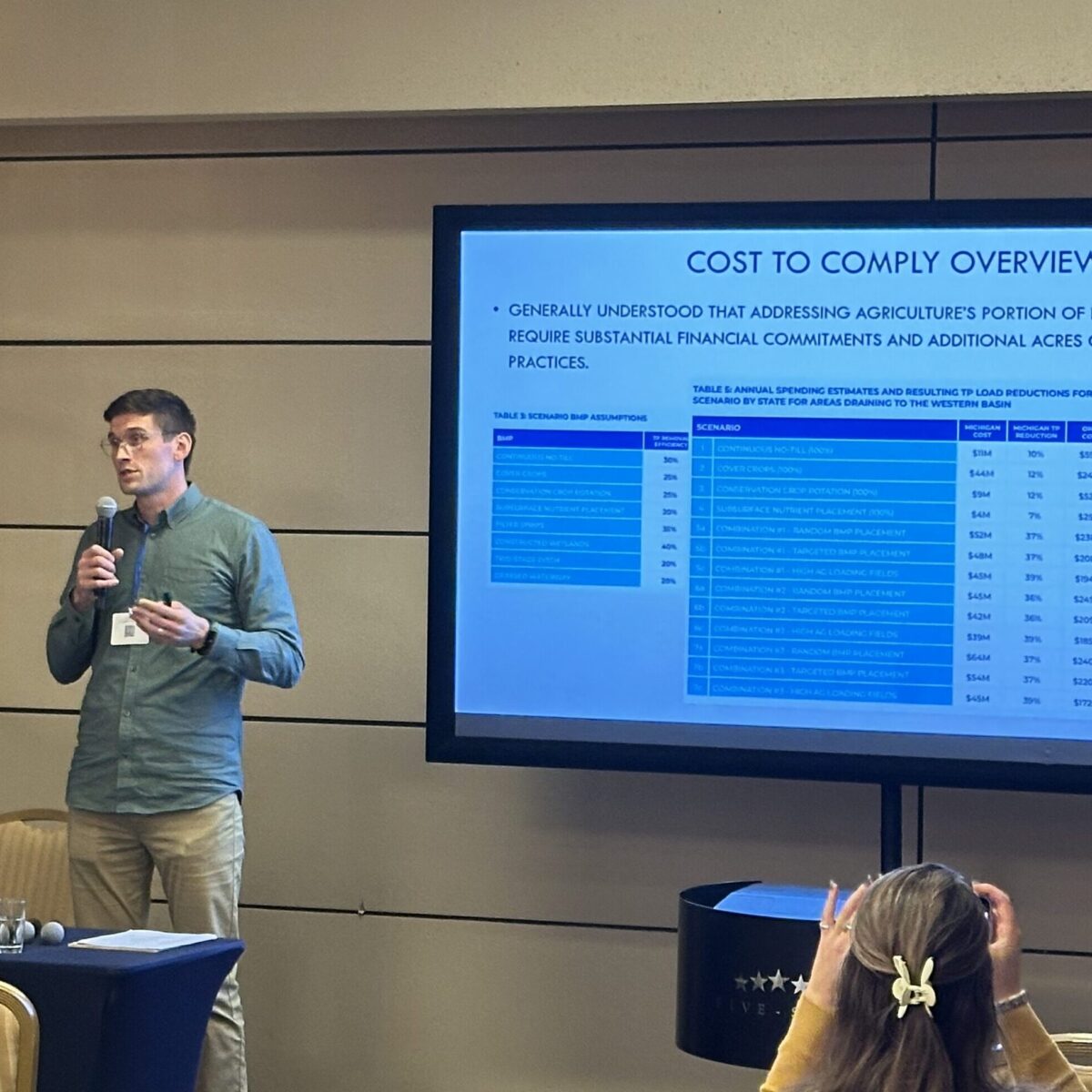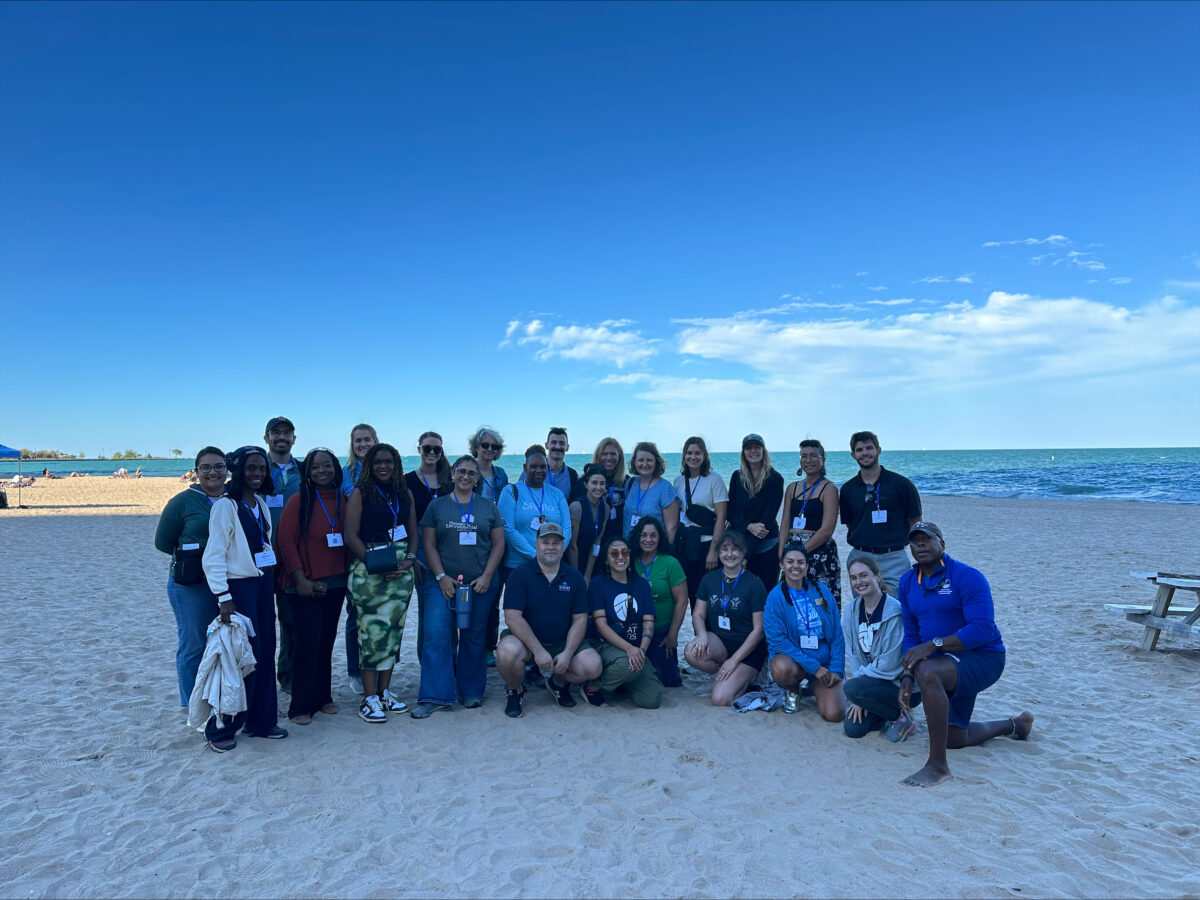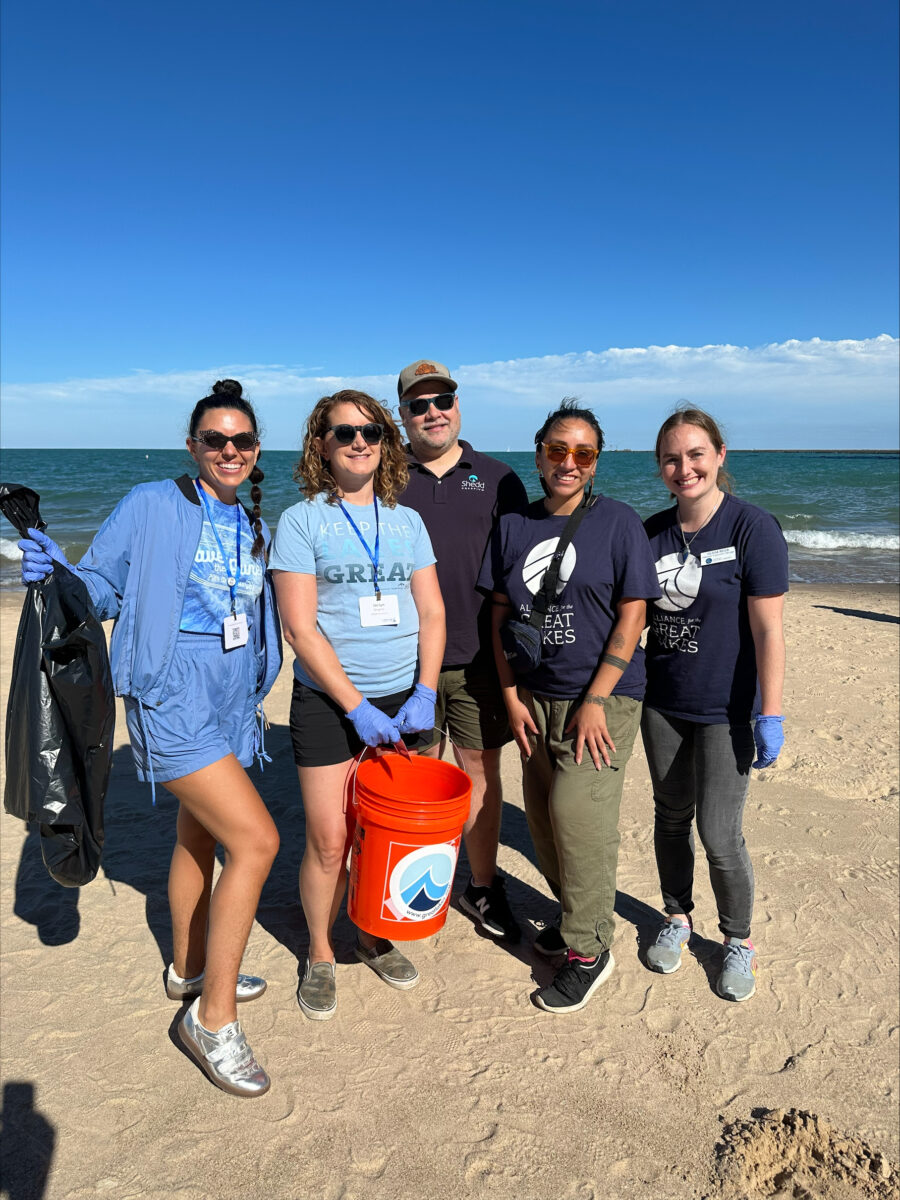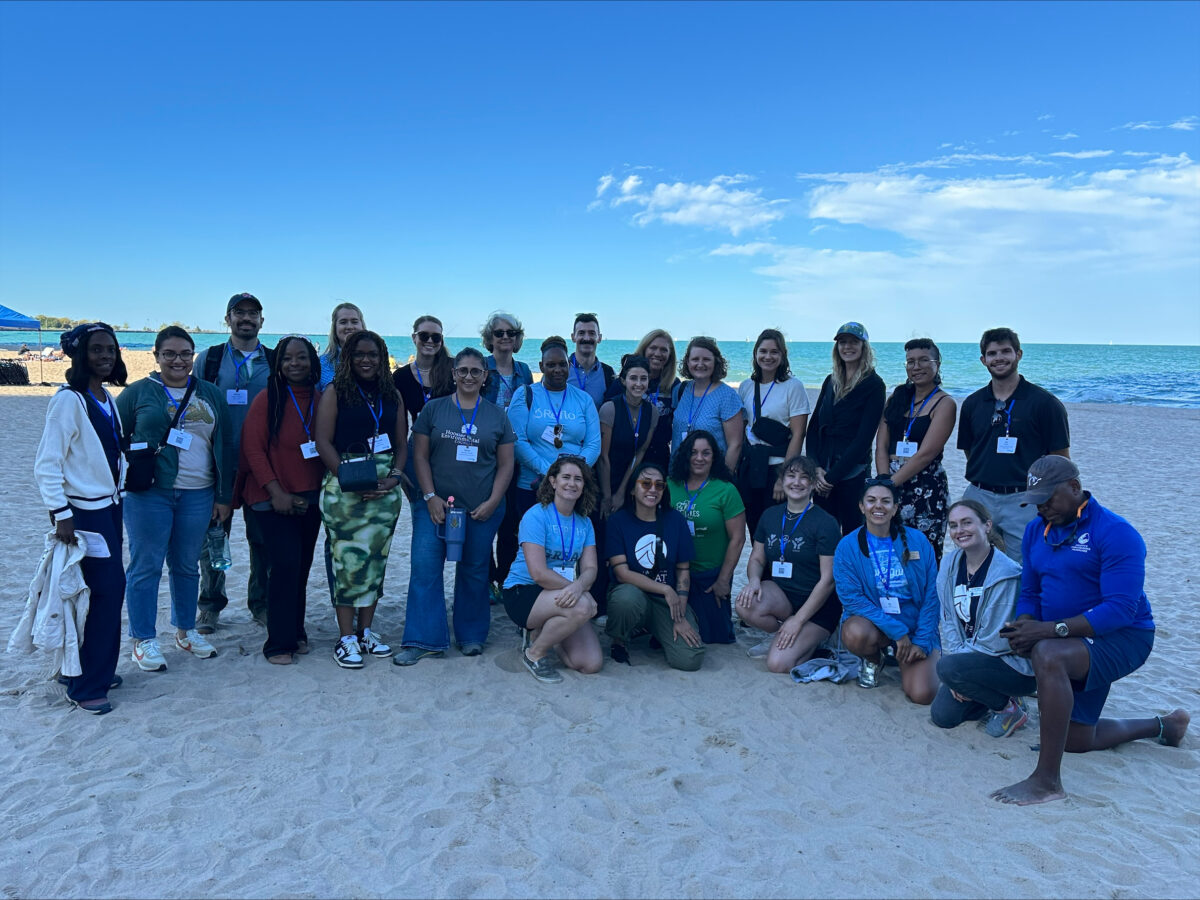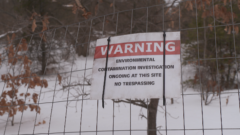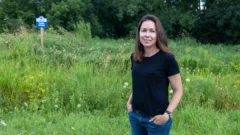2024 Fox-Wolf Watershed Impact Awards Honor Local Environmental Heroes in Wisconsin
2024 Fox-Wolf Watershed Impact Awards Honor Local Environmental Heroes
On October 10th, the Fox-Wolf Watershed Alliance hosted The Happiest Hour at The Hillside at Plamann Park in Appleton, where community members gathered to celebrate the 2024 Impact Award recipients. These awards recognize individuals and organizations that have made a meaningful impact on environmental conservation and sustainability in the Fox-Wolf Watershed region.
Read on to learn more about this year’s winners and their inspiring contributions to environmental stewardship!
Lifetime Achievement Award: Honoring Hallett “Bud” Harris for 50 Years of Conservation Leadership
Hallett “Bud” Harris was celebrated for his lifelong dedication to water conservation. A former professor of ecology at the University of Wisconsin-Green Bay, Bud played a key role in projects like the Fox River PCB cleanup and the Lower Fox River TMDL study, which have shaped the future of the Bay of Green Bay. Even in retirement, he has raised over $1 million for water monitoring programs and continues to serve on environmental advisory councils. His legacy will have a lasting impact on water conservation efforts for generations to come.
Recognizing Seven Oaks Dairy: Leading Sustainable Farming in Wisconsin
Seven Oaks Dairy received an award for their leadership in sustainable farming, with a focus on improving soil health and water quality. Their involvement in the Climate Smart Dairy Study and dedication to sharing best practices through field days and tours are setting a new standard for environmentally responsible agriculture. Seven Oaks Dairy is helping farmers throughout the region adopt sustainable practices that will benefit the environment and future generations.
Jeff Manzanec: Championing Stormwater Management and Community Engagement
Jeff Manzanec was recognized for his contributions to stormwater management and water quality initiatives. As a Senior Consultant at raSmith and a long-time board member of the Fox-Wolf Watershed Alliance, Jeff has developed innovative tools like PermiTracker and led paddling events that encourage community involvement in protecting waterways. His work has helped connect technical solutions with public engagement, making a lasting impact on local water conservation.
Community First Credit Union: Building Eco-Friendly Infrastructure in Wisconsin
Community First Credit Union received an Impact Award for their commitment to sustainable infrastructure. By using native plantings and permeable pavers at their facilities, they have reduced stormwater runoff while improving water quality. Community First is leading the way in demonstrating how businesses can adopt eco-friendly practices that positively impact both the community and the environment.
Ryan Kudish: Inspiring Environmental Action Through Media
Meteorologist Ryan Kudish was honored for his work on Sustainably Speaking, a weekly news segment on WFRV-TV Local 5 that focuses on environmental issues. Through his reporting, Ryan has made complex topics like climate change and water conservation accessible to viewers, inspiring the community to take action. His efforts are helping to build awareness of critical environmental issues across the region.
Celebrating Local Impact at The Happiest Hour
The evening at The Happiest Hour was filled with food, drinks, live music, and inspiring stories of environmental leadership. Guests left the event motivated to continue making a positive impact in their communities.
Get Involved
Inspired by these stories? Join us by volunteering or donating to support the Fox-Wolf Watershed Alliance’s conservation efforts!
The post 2024 Fox-Wolf Watershed Impact Awards Honor Local Environmental Heroes in Wisconsin appeared first on Fox-Wolf Watershed Alliance.
Fox-Wolf Watershed Alliance
https://fwwa.org/2024/10/16/2024-award-winners/?utm_source=rss&utm_medium=rss&utm_campaign=2024-award-winners

